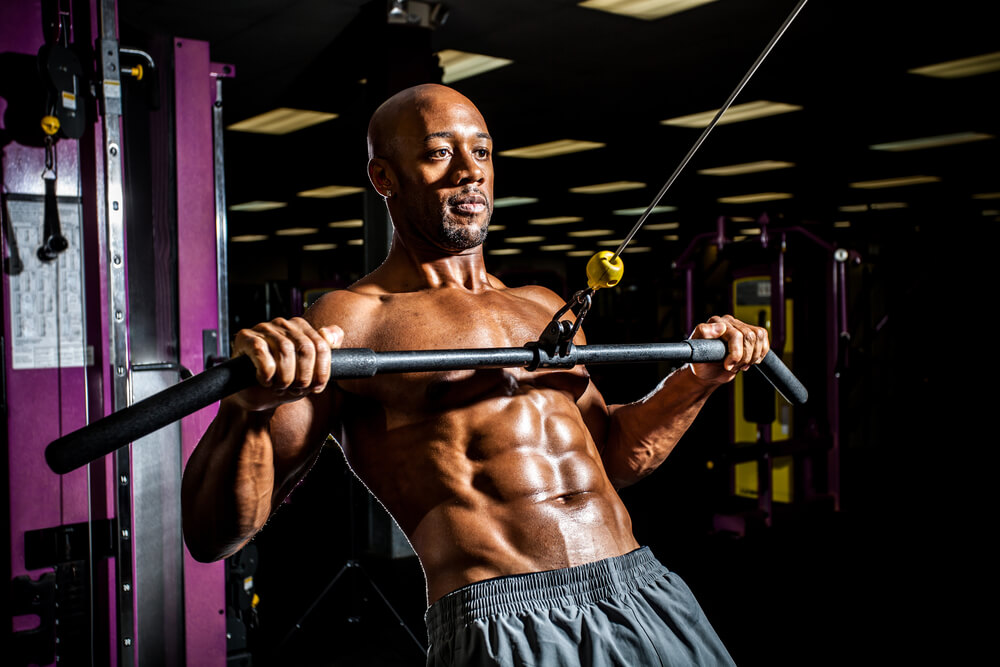
Want to build muscle in a hurry? You came to the right place. We’ve outlined all the ultimate list of exercises to help you accomplish your goal. All you have to do is put in the work.
Stepping into the gym, many have unrealistic expectations on achieving results. Results don’t come instantly. Think of it this way: Unless you win the lottery, it takes decades to build up your retirement as you consistently save each paycheck and your bank account grows. Building a house doesn’t take one week. Instead, it takes many months or even longer. The same can be said about building muscle.
To achieve gains, you must be consistent and disciplined in your approach. While it doesn’t happen overnight, if you want to speed up results and build muscle the fastest way possible, stick to compound exercises such as the deadlift, bench press and squat, among others that are commonly referred to as the big-boy lifts.
Forget about confusing the muscles or getting in that pump. There are a million different fitness plans and depending on your goals, they will vary. If you are trying to build muscle, though, stick to these five simple rules.
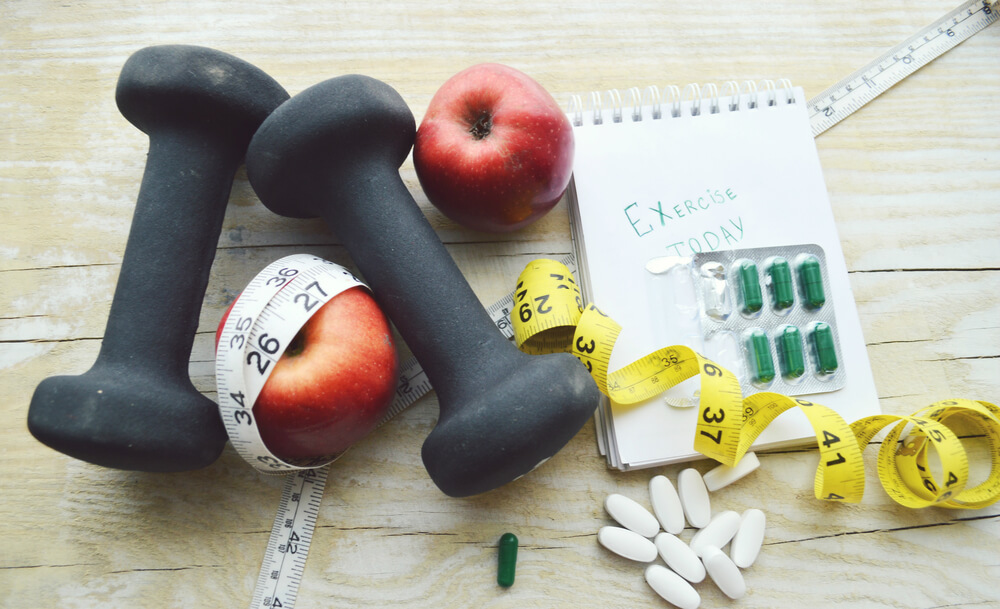
#1 Make A Plan
First, follow a weight-training program. Too often, we have exercise ADD and want to try out the new best thing that we see on the Internet.
To achieve optimal results, stick to a program and follow it 100% for about a four to six-week program.
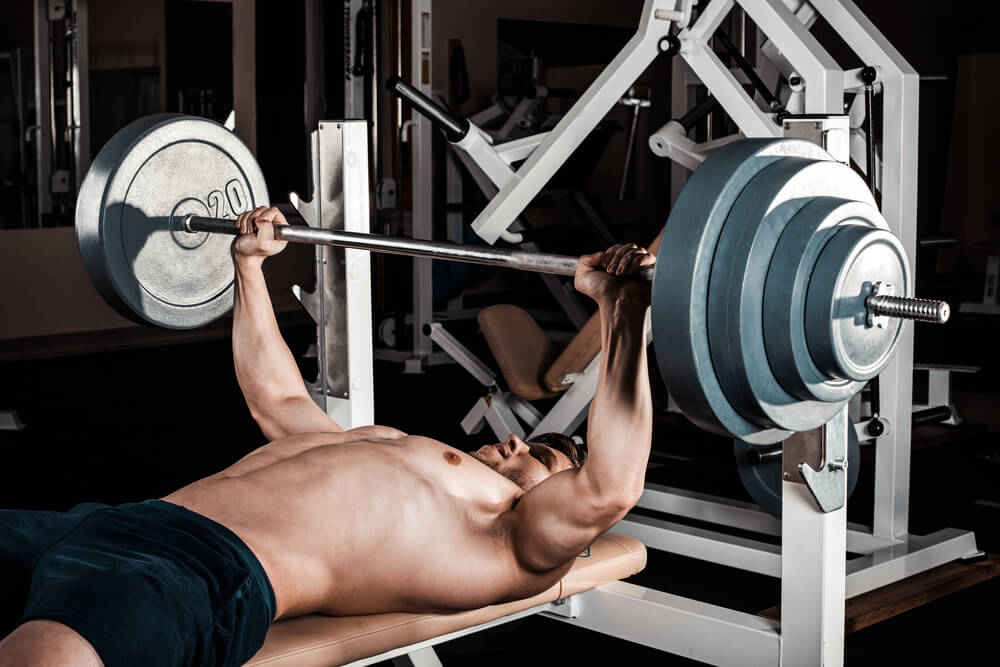
#2 Lift Heavy
The muscle-building process quite simply is achieved by placing stress on your body. Each week, aim to lift a little heavier and place a little more stress on your muscles.
This is otherwise known as the principle of progressive overload. This principle states that consistently adding more resistance in a safe manner will place more stress on the body, which in turn helps make the musculoskeletal system stronger.
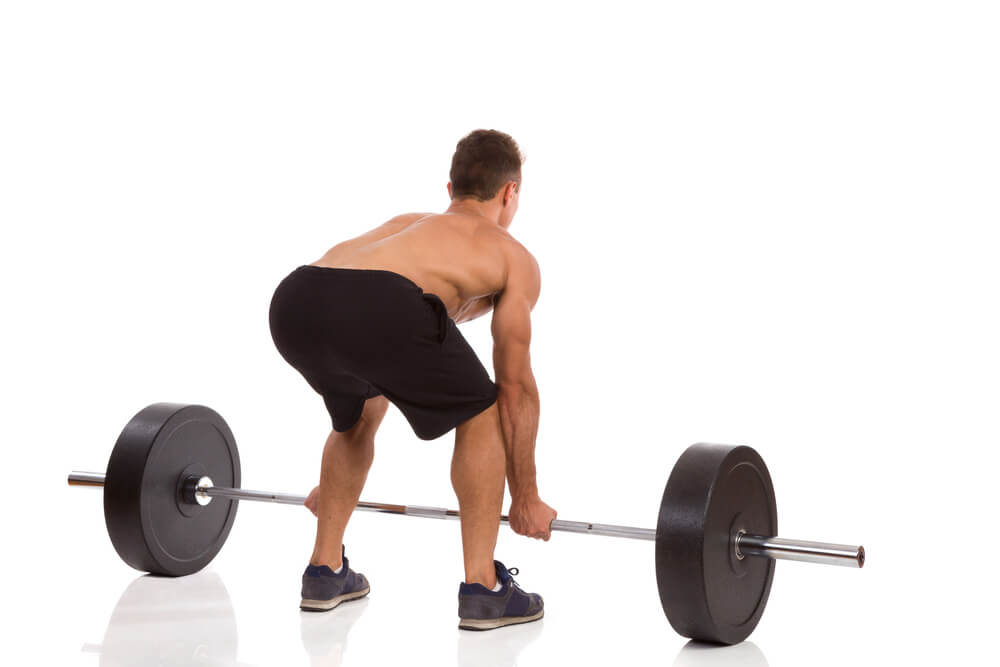
#3 Don’t Forget The Basics
The basics do not include triceps rope push downs, cable chest flyes or dumbbell hammer curls. The basics refer to compound lifts, ones that target multiple muscle groups. These include presses, rows, squats and deadlifts among others.
You do not need to train for targeting every single muscle. Instead focus on the big-boy lifts as these will place more stress on your body, target more muscles and relate more to your every-day activities. Not to mention, you will become more efficient in the weight room.
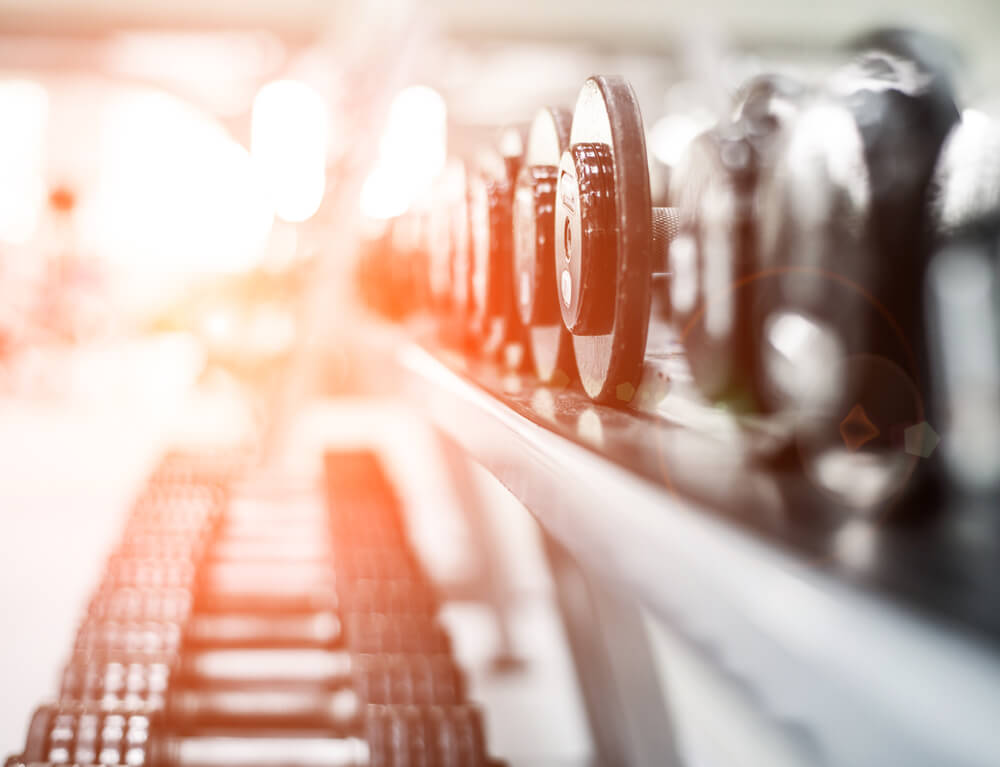
#4 Forget Machines
Stick to using free weights. Machines have a time and place in a weight room, specifically for someone rehabbing from an injury. But, they’re not ideal if you’re trying to build pure muscle and strength. Why? Machines restrict the range of motion and limit the activation of stabilizer muscles.
Free weights, including barbells, dumbbells, and kettlebells, give you real-world strength as they make stabilizer muscles stronger. Strengthening the stabilizers is going to make the bigger compound lifts easier and allow you to lift more each training session. Also, free weights allow you to lift in a much more natural pattern as you aren’t restricted like you are with a machine.
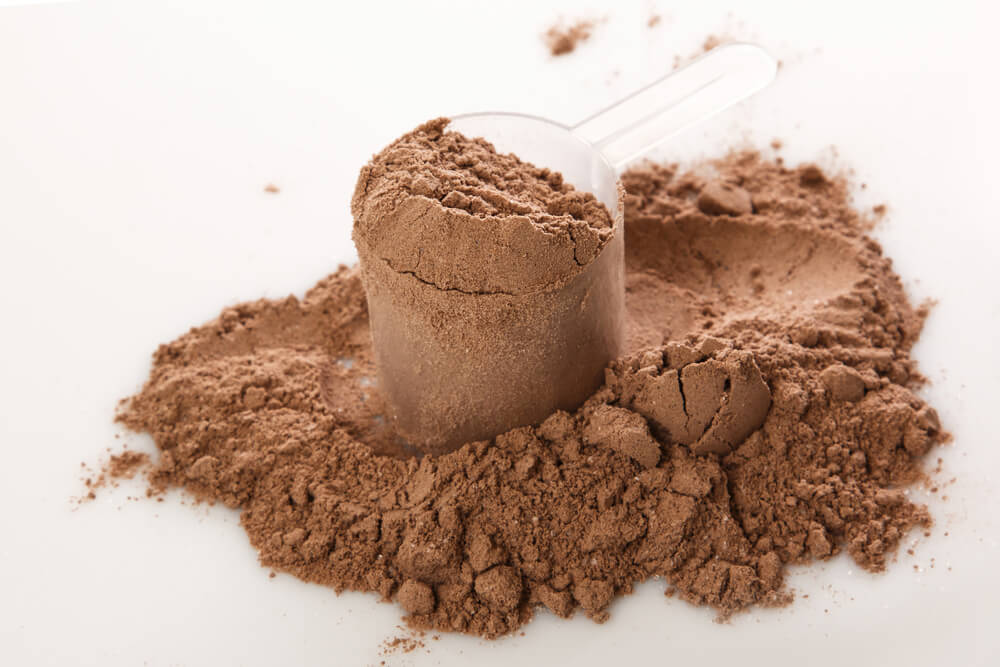
#5 Eat
Fuel your body properly. Building muscle is not only done in the gym, but also at home. Don’t put in all that hard work in the gym only to neglect to take care of your body the rest of the time.
Fuel your body with lean proteins such as lean beef, chicken, and fish. Get your carbs from fruit, veggies and whole grains instead of processed foods. Fats are good for you and great sources include nuts, avocados, and salmon. Eat well, rest and take care of your body at home.
Use The Right Moves
The basic moves that will help you achieve positive results are pushing, pulling, hip-hinging and squatting movements.
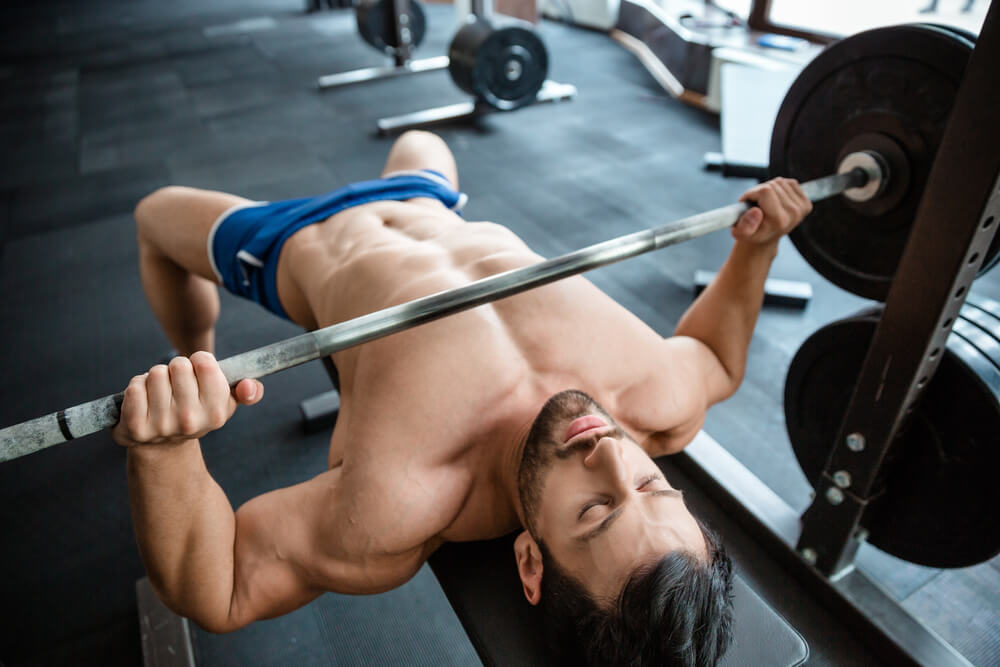
Bench Press
Let’s start with a classic pushing movement, the bench press. The bench press is probably the most popular exercise in the gym. A powerlifting movement, the bench press targets not only the chest, but also the anterior shoulder, triceps and core regions.
Performing the bench press is easy. Using a flat bench, lie supine and grab a barbell using a wide overhand grip. Unrack the weight so it begins over the middle of your chest. Lower the barbell in a controlled manner, bending your elbows until the barbell reaches your chest before pushing it back to the top. The bench press is simple and effective.
Don’t have access to a bench?
Grab a pair of dumbbells. Dumbbells don’t put on muscle as fast as barbells as you aren’t able to lift as much weight, but they will work. Perform the exercise the same as the barbell bench press. While you can’t lift as much, dumbbells do make sure both sides are working equally.
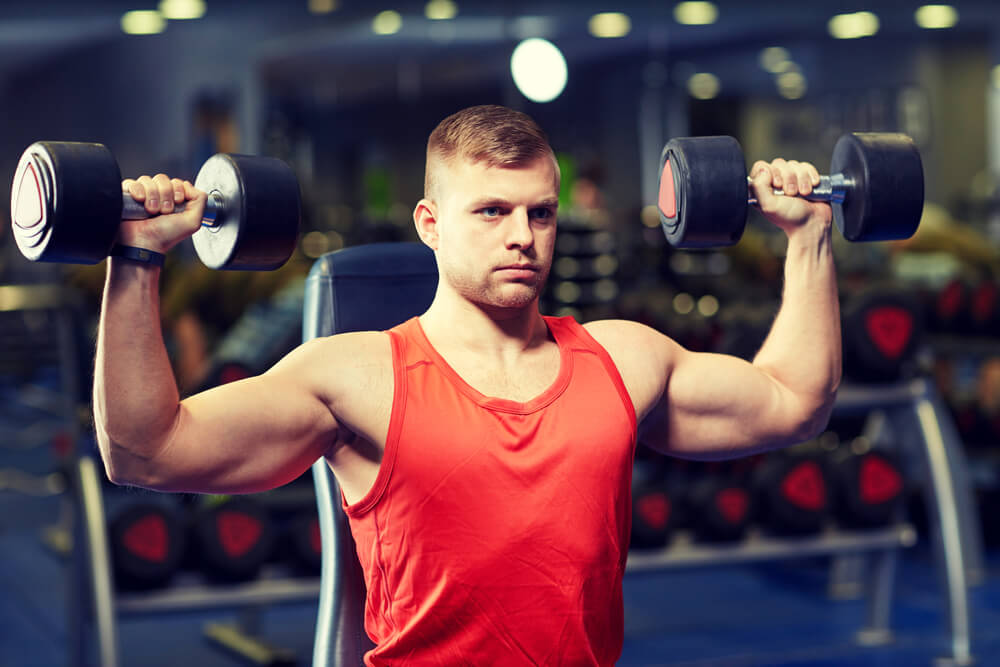
Overhead Press
Another type of press to incorporate into a program is the overhead press. While the bench press is more of a horizontal movement, the overhead press works in a vertical manner. Even though you will not be able to press overhead as much as you can on the bench, the overhead press is a great upper body move.
Perform this exercise using a barbell if available.
Begin by unracking the barbell with an overhand grip slightly wider than shoulder width. Starting from the front of the neck, press the barbell overhead until your arms are fully extended before lowering it back to the starting position.
Please note that you will have a slight arch in your lower back. It is important not to overarch your back to lift more weight as this can place too much of a compression force on that region. Once again, if you have no access to barbells, use dumbbells.
You Also Need Pulling Movements
While the presses mentioned are two great pushing movements, barbell rows, inverted rows and pull-ups are the top of the line when in comes to pulling movements. It is essential to have a well-rounded program that evens out your movements.
For example, many in the gym only like to do presses and over time may develop rounded shoulders. This creates tightness through the chest and anterior shoulder and can throw off your posture.
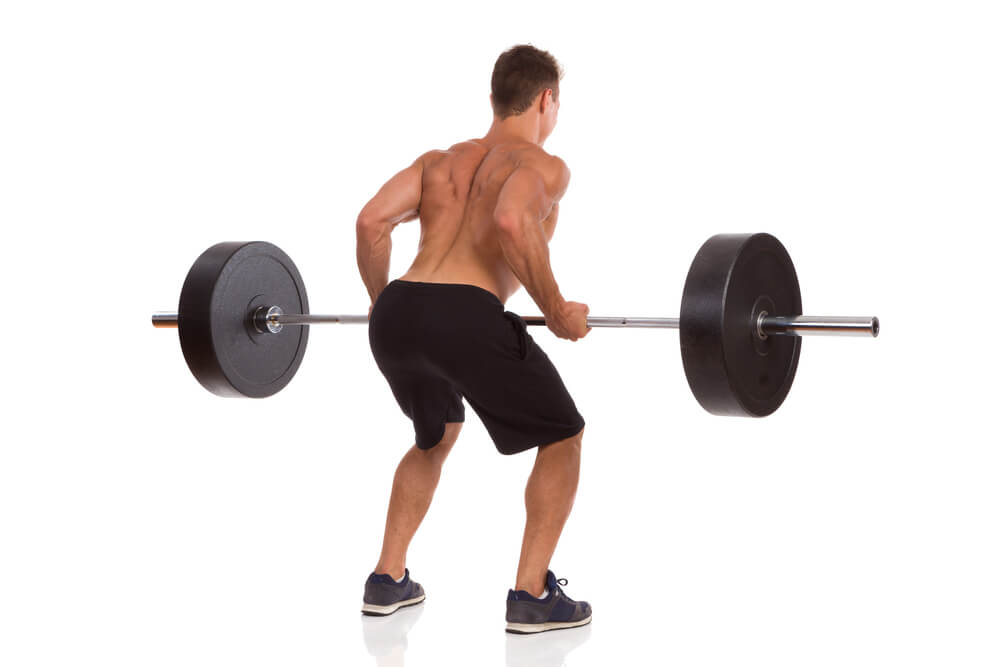
Barbell Row
The barbell row is what we consider a horizontal row. Using a barbell, this move hits the entire back, as well as the arms. No need for biceps curls or triceps dips when you can just barbell row.
Start this movement with your knees slightly bent and hinging at your hips. Grab the barbell with an overhand grip slightly more than shoulder width apart. Keeping your back in a strong, straight position, pull the barbell toward your stomach, sliding your elbows alongside your ribs before lowering it back to the starting position. Similar to the two previous moves, dumbbells can be used as well.
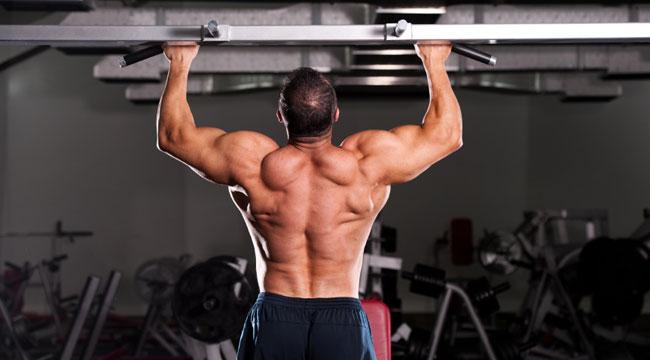
Pull-Up
The pull-up is the ultimate test of relative strength or strength related to your body weight. Another pulling movement, the pull-up is of the vertical variety. For many, including very strong people, the pull-up may be something they just can’t perform.
Why?
They may have a higher body weight. While not a classic power lifting move, the pull-up engages the entire backside, arms, and core, checking off all the boxes we want in our program.
With a wide overhand grip, and keeping your body in a rigid position, pull yourself up until your chin is above the bar before lowering yourself back to the start. Make sure you are finishing your rep and coming back to the starting position.
Why?
This will ensure optimal results.
If you can’t perform a pull-up, try an assisted pull-up using either a machine or bands. If pull-ups are too easy, don’t be afraid to add some weight, either using a weighted vest or having a dumbbell between your legs to add resistance.
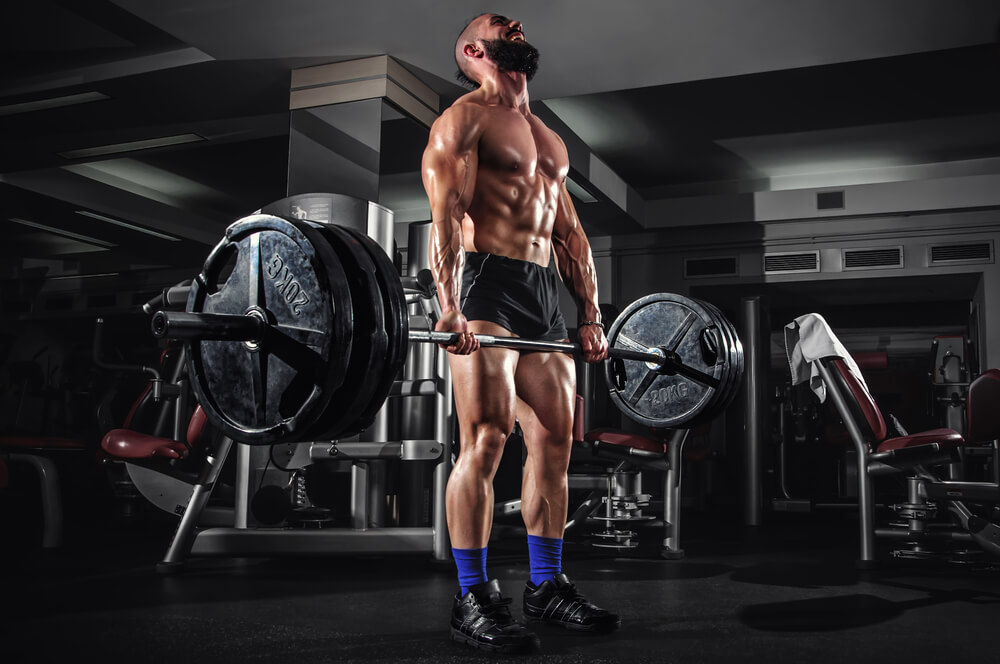
Deadlift
For most, the deadlift is the exercise they can lift the most weight with. The deadlift is a hip-hinging movement that targets the entire posterior region of the body, from head-to-toe. The traps, erector spinae and hamstrings are all engaged during this movement. While there are several different variations, let’s stick with the conventional deadlift.
Using a barbell, approach the bar with your feet flat and hip-width apart. Start by performing a half squat and hinging at the hips to grab the bar with an overhand grip and hands slightly more than shoulder-width apart. Keeping your back straight, lift the bar by extending your knees and hips to reach full extension before lowering it back.
The powerlifting way is to get to the top of the movement and drop it to the floor. By doing this, you eliminate half the movement. Known as the eccentric phase, this lowering phase is very important as you are controlling the bar as the weight and gravity are trying to pull you down.
As you can guess, the deadlift requires your body to be in sync as all your joints are working together to achieve optimal movement. Practice with a bar to perfect the movement before you start putting multiple weight plates on.
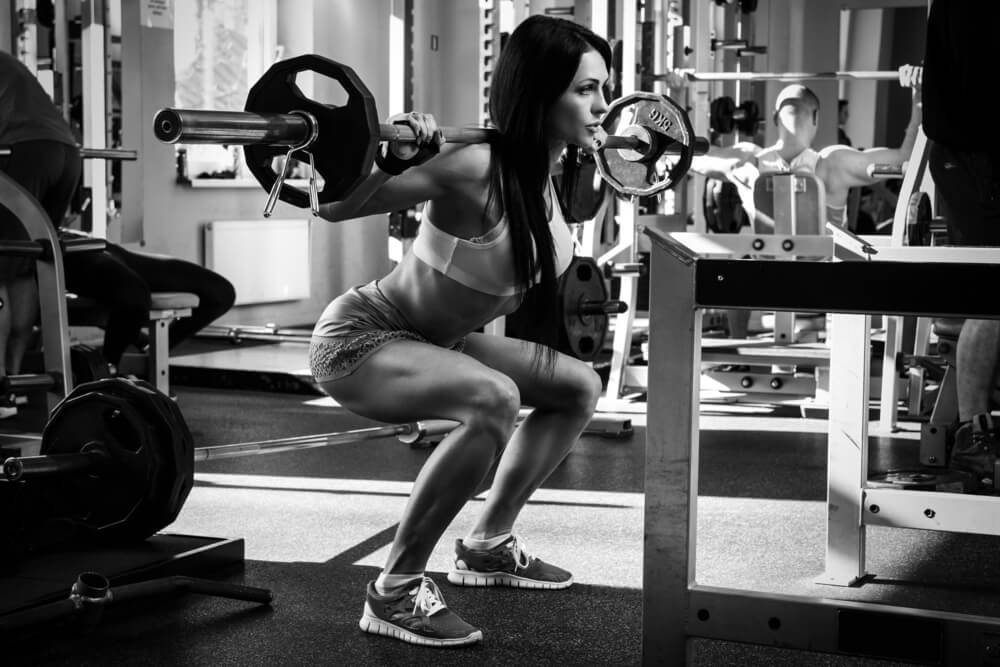
Squat
The third of the three powerlifting movements, along with the bench press and deadlift, is the squat. This is the ultimate lower body move. Targeting every muscle on the lower half, as well as the lower back and core region, the barbell squat is performed in a squat rack.
Start by getting under the bar so it rests on the back of your shoulders. Grab the bar with an overhand wide grip and unrack. Take a step back and make sure your feet are hip-width apart. Depending on mobility, you may need to use a wider stance. Keeping your back straight and spine in alignment, you should start the movement by pushing your hips back and bending your knees until you reach 90-degree knee flexion.
Remember to keep your knees behind your toes to limit injury risk to your knees. When you reach 90-degree knee flexion, push back to the top position to finish the movement.
No barbell?
Use a dumbbell and hold it against your chest as you squat for a goblet squat.
Don’t Forget Unilateral Exercises
Lastly, while many neglect this type of exercise, it is a great supplement in a training program. Unilateral exercises, or single-limb exercises, are important to consider. While they are not going to help you gain muscle like a squat or a deadlift, they will help build stabilizer muscles more effectively. They will also help undo any muscle imbalances and essentially help improve bilateral movements such as the squat.
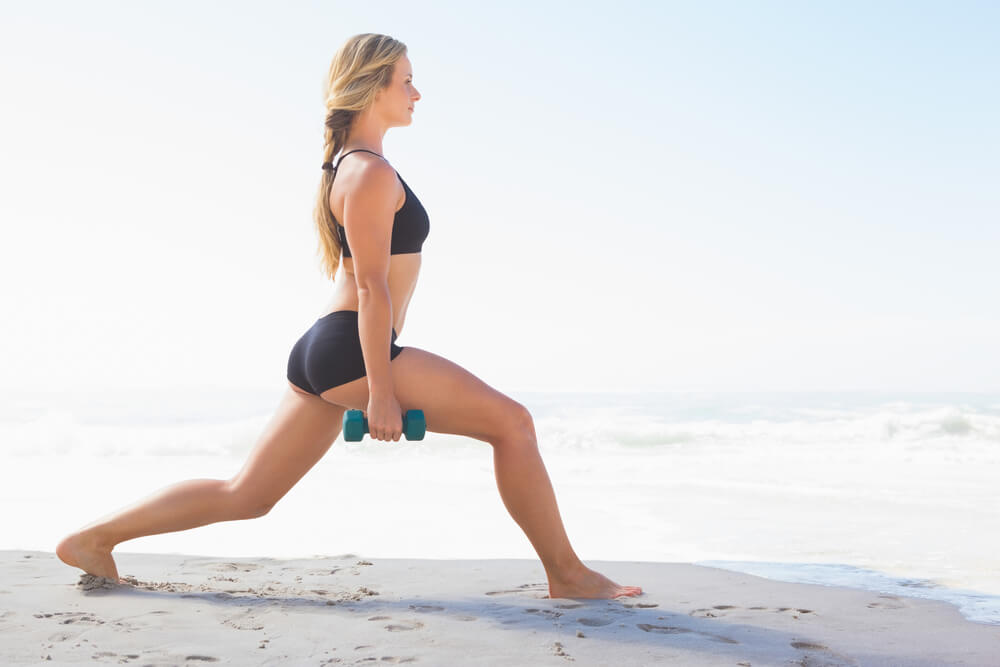
Lunge
The best unilateral exercise is the lunge. Before adding extra resistance to the movement, start using just your bodyweight.
Standing tall, lunge forward with your right leg, lowering your body until you reach 90-degree knee flexion in both legs. Like the squat, keep your front knee from going past your toes. Once you reach this position, push off with the front foot back to the starting position and repeat with the other side. Once that is mastered, grab a pair of dumbbells and hold them at your sides as you perform the exercise.

Conclusion
Sticking to the basics is a great way to train. Don’t overthink your workout program. If you stick to these compound movements, you will achieve results. Remember, though, consistency and progressive overload are important. If you only work out one day per week, you won’t reach your desired goals.
Try to perform each exercise twice per week with at least a day or two of rest in between. For example, you could do the deadlift, bench press, lunge and barbell row on Monday and Thursday. On Tuesday and Friday, the squat, overhead press and pull-up would be on your program. This allows sufficient rest. It also allows you to hit these moves twice per week.
Stick to three or four sets of four to eight reps. If you feel like you could pump out 15 reps, you are lifting too light. The last few reps from each set should be a challenge. Lift heavy, rest, rinse and repeat and you will build muscle in a hurry.
By Adam Clark, CPT
Latest posts by Terry M (see all)
- Garage Gyms - Aug 1, 2018
- Kettlebells – Why They Should Be Added To Your Routine. - Jul 24, 2018
- Weight Belts: What Are They Really For? - May 31, 2018









If you are working out at home with dumb bells and can’t afford a heavier set right now can you increase size and strength by increasing reps? Or perhaps by adding impact, like doing weighted jump squats? Or will these techniques just help with fat loss?
Hi Jennifer
Not sure if it’s ok to comment on here but here goes.
As long as you are activating your muscles, it will always help. And hey. Any fat loss is good.
You could try mixing up your sessions. Keep the body thinking. Super Sets are good for this. Instead of doing 3 sets of 12 bicep curls then 3 sets of triceps kick backs and so on. Why not try slipping something between them.
Alternate
1 set of 8 to 12 bicep curls and 1 set of sholder press. X 3
Then
1 set of 8 to 12 bent over row and 1 set of kick backs. X 3
You could trow in a set of squats or lunges between each exercise change
Have you though of bands? You can usually get hold of exercise bands in most stores. Amazon sell loads of variations. WIth or without handles. Different resistances. Width and length.
Don’t forget, you could double the resistance by looping or folding the band so don’t go buying hundreds of them.
Anyway.
Tie a loop in the ends or sling the handles onto your dumbbells or wrist and one on your foot or attach it to a table leg and crack on.
If you’re benching, simply lay accross the band and tie each end to your dumbbells.
Upright row or a squat? Stand on the band.
Shoulder press? Sit on the band.
Something for the legs? Loop the band round the balls of your feet and waddle away. March on the spot. Donkey kicks. You’ll love it. Tight thighs and a nut cracking butt.
Just be aware the band will get tougher to pull/push on as you stretch it and of course it’s rubber so could split or snap. Mind you don’t get a face full of bar or rubber as you follow through.
Hope this helps
Thanx for sharing this ultimate exercises details..